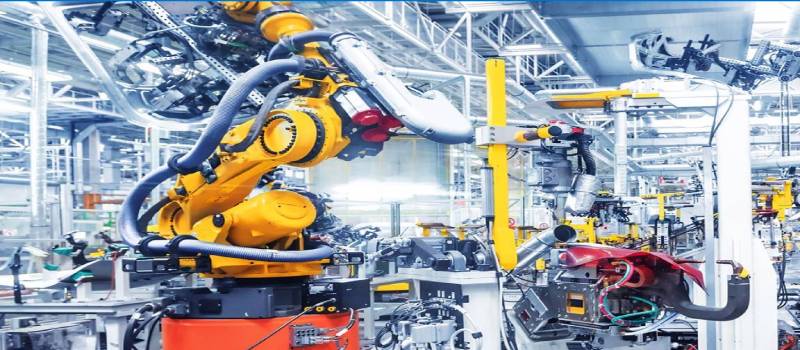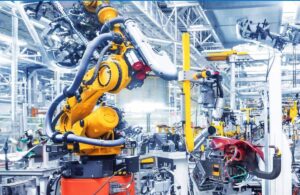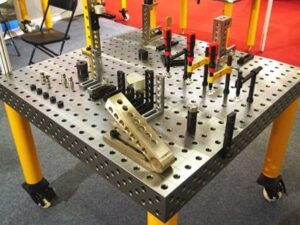
Welding robots are some of the most common for industrial automation robots. As the demand of the welding automation increases, manufacturing companies large and small are implementing robotic welders. When companies implement robots
properly, the welding robots produce several benefits as like following:
Reduces Waste –Automating welding applications using robots product accurate result and fewer errors. Also reduce the rework process, reducing the amount of materials used and waste overall. The accuracy of robots prevents from the errors that can lead to rework and the consumption of more materials.
Welding robotsAre programmed to operate with the extreme accurate, conserving materials.
Efficient Productions –Welding robotsare immensely structured and well organized with the ability to complete the same workload at capacity of more than three to four welders do.
The Automating the welding process with robots streamline the production and one robots can complete the several labour/ workers work.
Save Work Cycle times – Robots operate at consistent faster speeds than what humans which result the short cycle time for work. The
FANUC Robot
moves from weld to weld without issue and immediately starting on the next task, reducing cycle time.
Greater Uptime –Articulated Robots works day and night without break, stop and without any delay with same consistency from start to end the process. The greater uptime increases the production and accurate production time line to complete any job.
Consistent Welds –Welding robots are programmed to be extremely accurate with high consistently. The
Welding Fanuc Robots
is able to replicate welds with each work piece
Contact to Mahajan Automation in order to discuss the Buy / Sale welding new or used robots today.



